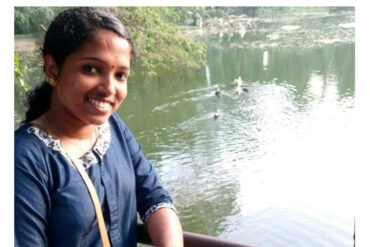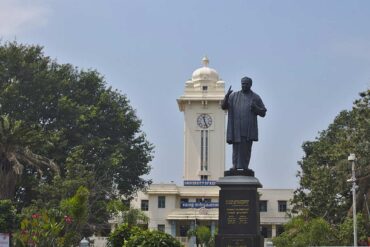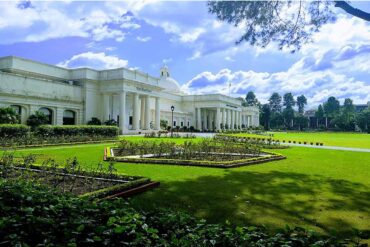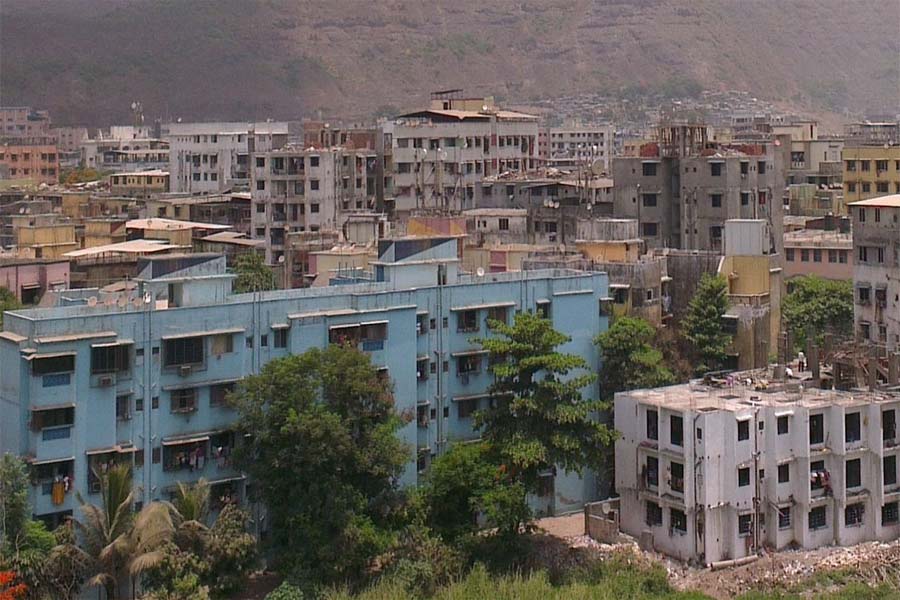Cities are built by people, and like people, cities tell stories. Across India’s urban landscape, in places like Delhi, Mumbai, Kolkata, Jaipur and even in cities where Muslims make a substantial portion of the population (around 20%) like Hyderabad and Aligarh, members of the community are confined to religiously segregated and systematically marginalised ghettos or enclaves.
The story of this physical demarcation between largely upper-caste Hindu areas and Muslim mohallas–which in some places accommodate people from the OBC and Dalit communities too–represents the deep cleavages that mould the society into the ‘haves’ and ‘have-nots’.
While one might argue that Muslims, like everyone else, have the freedom to choose their place of residence, evidence has repeatedly pointed to the contrary. Their decision to live in certain neighbourhoods is not as much made as it is imposed by a combination of discriminatory real estate practices and fear of communal violence. Several accounts of having been denied housing rights due to being Muslim, especially in India’s most important metropolitan cities, have surfaced at an unprecedented rate in the last decade, and even traversed class boundaries. But, the threat of violence is a bigger factor.
Consider Mumbra in Mumbai, for instance, where 85% of the residents are Muslim, most of whom migrated there during the communal carnage that followed the Babri Masjid attack in other parts of the city. Similarly, in Hyderabad, Meerut, and Ahmedabad, recurrent incidents of targeted-violence, loosely branded as ‘communal conflict’ or riots, have forced Muslims to abandon property and business, and move to areas where they feel ‘secure’. Such ‘conflicts’ are used tactically to serve as reminders of the Partition and the violent struggle over resources and land that followed. During riots, the minority Muslim population is cornered and subsequently, forced to migrate in large numbers, to mohallas in older and poorer parts of the city. This movement of Muslim groups emboldens the instigator’s idea of homogenous Muslim mohallas swamping up like ‘mini-Pakistans’ and the people themselves turning ‘Pakistani’ (and by this assumption, ‘anti-national’).
Although many papers on ‘segregation in Indian cities’ exist, there is a conspicuous gap in the theoretical understanding of the long-term implications of segregation on members of the discriminated group. Here, it is worth calling to attention the concept ‘Underclass’, which was originally used by the social scientist William J Wilson in 1987 to examine the plight of inner-city, coloured residents of Chicago, USA. Essentially, the difference between members of the Underclass and lower classes is that the former’s neighbourhood uniquely reinforces their marginal economic position. So, even as the term ‘lower class’ indicates a scarcity of resources, ‘Underclass’ has a wider ambit, wherein social, economic, political and psychological prejudices tend to exclude a group or its members, and physically confine them to impoverished and segregated neighbourhoods. There is immense value in exploring how this concept might apply to the struggles of urban India’s Muslim population today.
First, most Muslims live in worse neighbourhoods than other religious groups–in areas characterised by a lack of access to resources, such as schools, hospitals etc. These constraints in turn, have a strong bearing on the community’s mobility that is, changes in socio-economic status between different generations of the same family. Not too long ago, a study confirmed that Muslims are the least upwardly mobile group in India, and the only socio-religious group with a consistently falling rate of mobility. Put another way, Muslims are the only socio-religious group in India experiencing a consistently falling rate of prosperity.
Second, the ‘Underclass’ are not residents of just about any poor neighbourhood. Their neighbourhood affects the residents’ prospects of gaining meaningful employment since legitimate job opportunities are scarce, and opportunities from alternative income-generating activities are commonplace, particularly those that are incompatible with formal employment. Due to discriminatory market behaviours, Indian Muslims are increasingly being confined to residential areas and occupations which are designated as ‘theirs’.
One argument implicates the ‘bias in the system, against the community’, which prevents Muslims from securing jobs even under MNREGA (the government’s flagship social protection scheme). Just as concerning is the denial of credit and/or other financial support to Muslims through the illegal practice of redlining. The Sachar Committee Report confirmed that, “many banks have designated Muslim concentration areas as ‘negative or red zones’”, which further reveals how a network of constraints operates to impede the community’s socio-economic development. Consequentially, an astounding 11.61 crore of the 17.22 crore Indian Muslims are registered ‘non-workers’, with only 33% of the community presently working. Since 2000, Muslim unemployment has risen fastest vis-à-vis other groups in India. These setbacks have a strong influence on people’s preference for self-employment. Of the ‘self-employed’ in urban India, 46% are Muslim.
It is widely acknowledged that neighbourhood quality deeply impacts school enrolment and drop-out rates. Therefore, it is not surprising that Muslim children account for only 4.4% of students enrolled in higher education, which is considerably lower than other socio-religious groups. Worse, given that the group suffers a double handicap of illiteracy and inadequate credit support system (both essential to gaining or generating employment), members have a higher proclivity to engage in deviant enterprises–another salient feature of ‘the Underclass’. In most states the percentage of Muslims in the incarcerated population isnearly thrice or twice their percentage in the overall population. The only exception is Uttar Pradesh, where at 19%,the share of Muslim convicts matches that of the group’s total population. However, among those under trial, there is still a disproportion as the share increases to 27%. It is incorrect to pin this disproportionate representation in crime to the poverty and helplessness experienced in these neighbourhoods alone, since factors such as discrimination by the state, surveillance policing and fake charges are also evident in the case of Indian Muslims.
Yet, collectively, these features embody the notion of ‘concentration effects’ that alter the residents’ socio-psychological behaviour and attitude due to living in poor and vulnerable condition. The hopelessness of individual poverty is compounded by the community’s impoverishment which leads to a rapid decline in the perceived self-efficacy of the community. In fact, living in poorer neighbourhoods has such a deep impact that the level of perceived self-efficacy is higher amongst those who are weakly attached to the labour force but live in prosperous neighbourhoods, than amongst their counterparts who live in poorer areas.
Finally, a crucial feature of the ‘Underclass’ is the group’s response to persistent insecurities and threats, which, given the present circumstances, needs composed consideration with regards to Indian Muslims. Widely held responsible for the Partition, Muslims bear the “double burden of being identified as ‘anti-national’ and as being ‘appeased’ at the same time”. Such sentiments about the community manifest themselves in a twofold manner. First, members of the community who are better off than their co-religionists tend to distance themselves from the larger group for better social perception. This has a detrimental effect on the prospects of the entire group. The presence of middle-class and working-class families is important for the group’s cultural identity to flourish, and to nudge the disadvantaged into envisioning a possibility of upward social mobility for themselves, without being confined to majoritarian stereotypes. Second, the treatment of being the ‘Other’ provokes social exclusion, which is yet another feature of the ‘Underclass’. On many of these accounts, India’s Muslims are most likely to be categorised as ‘suffering’. It has been duly noted that despite the unfavourable circumstances doled out to them, Indian Muslims attempt to fare well without reprisal, but this is not enough. While research, till date, has focused on the correlation between neighbourhood characteristics and individual outcomes, an examination of the cumulative effects of living in religiously-segregated and impoverished neighbourhoods, which deny minority groups a level-playing field, should be initiated to correct historical and contemporary wrongs. If left unchecked, discrimination in the housing market could become the basis for further deprivation and despair for the country’s largest minority group.
Cover Image: Mumbra







